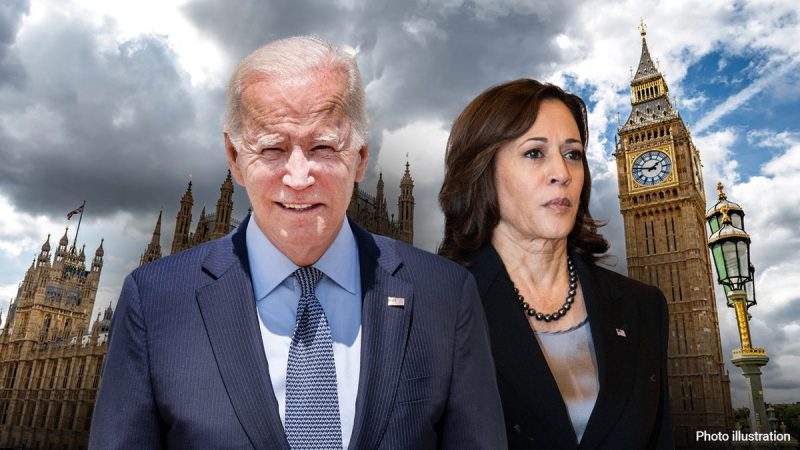In a recent analysis of Kamala Harris’s political trajectory, Mark Halperin sheds light on the uphill battle faced by the Vice President as she seeks to regain momentum following a late summer dip in popularity. Harris, who made history as the first woman, first Black woman, and first Asian-American woman to hold the office of Vice President, has faced a range of challenges during her tenure in the White House.
One of the key issues highlighted by Halperin is the perception of Harris as being caught in a web of conflicting expectations and demands. As a trailblazing figure in American politics, Harris is expected to be a vocal advocate for progressive causes, particularly those related to racial and gender equality. However, her role as Vice President also requires her to navigate the complexities of bipartisan politics and work towards consensus across party lines.
Harris’s handling of high-profile issues, such as immigration and voting rights, has drawn criticism from both ends of the political spectrum. While progressives have accused her of failing to deliver on her promises of bold and transformative change, conservatives have attacked her for what they see as an overly liberal agenda. Halperin suggests that Harris’s attempts to strike a balance between these competing pressures have contributed to her struggles to maintain public support.
Furthermore, Harris has faced challenges in defining her own political identity separate from that of President Joe Biden. As Vice President, Harris has often been called upon to represent the administration’s positions and priorities, which has led to perceptions of her as being a subordinate rather than an independent leader. This dynamic has made it difficult for Harris to carve out a distinct political profile and establish her own legacy in the White House.
In response to these challenges, Halperin argues that Harris must focus on honing her communication skills and articulating a clear and compelling vision for her vice presidency. By developing a strong narrative that highlights her unique experiences and perspectives, Harris can connect with a broader range of voters and rally support for her policy agenda. Additionally, Halperin suggests that Harris should prioritize building relationships with key stakeholders, both within the Democratic Party and across the political aisle, in order to gain allies and advance her policy goals.
Ultimately, the road ahead for Kamala Harris is fraught with challenges and uncertainties. However, by addressing the criticisms and concerns raised by analysts like Mark Halperin, Harris has the opportunity to reinvigorate her political momentum and reshape her legacy as Vice President. Only time will tell whether Harris can rise to the occasion and overcome the obstacles that lie in her path.

